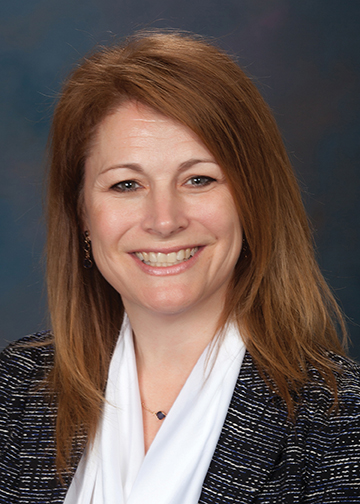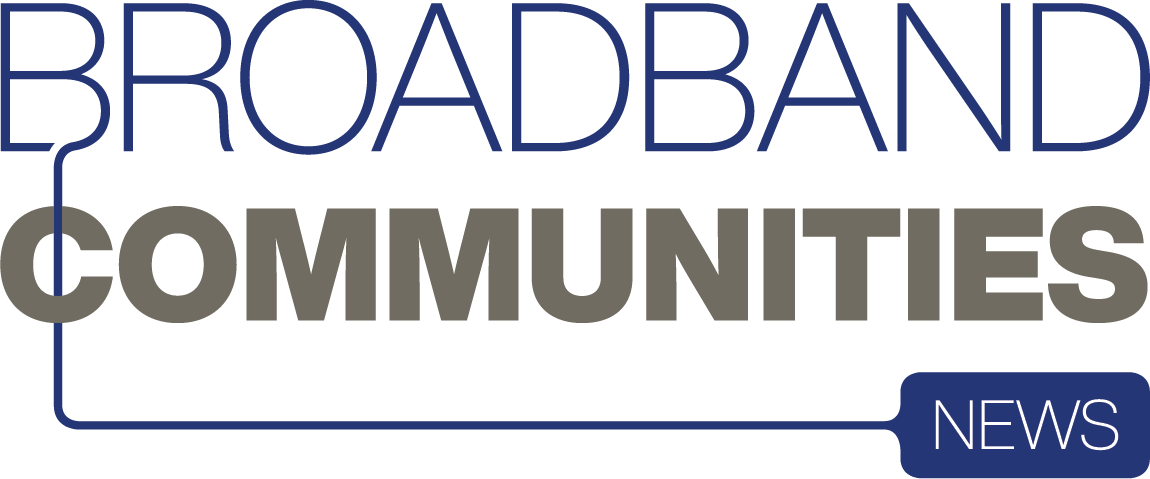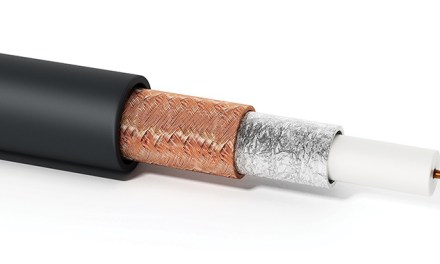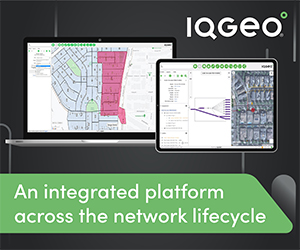In June 2018, the Fiber Broadband Association announced the appointment of Lisa Youngers to lead the association and serve as president and CEO of the organization following the retirement of Heather Gold. Youngers brings two decades of communications industry experience to the FBA, most recently as the CEO of Nextlink Wireless LLC, a wireless spectrum management firm and provider that was the nation’s largest holder of LMDS spectrum. Recently, Broadband Communities had the opportunity to interview Youngers about her vision for the fiber-to-the-home industry and the role of the Fiber Broadband Association. Following are highlights of our conversation.

Broadband Communities: Tell us about your background. What kinds of experiences have you had in the telecommunications industry?
Lisa Youngers: I’ve been in telecom, communications and technology for more than 25 years. I have a varied background – I’ve been in broadcasting, worked as a lawyer for a state public utilities commission, worked for nationwide telecom competitors and wireless companies, and I’ve also represented those companies’ interests on boards and coalitions. In terms of subject matter, I’ve dealt with wired, wireless, spectrum, broadcast and satellite; I’ve been involved in enforcement, litigation, investigations, mergers and acquisitions, and policy regarding all major issues – competitive, local, national, and anything else you can think of. I’ve been a general counsel, and at Nextlink, I ran the company itself, overseeing all the pieces. It’s been a wide variety of experience.
BBC: How does this experience shape your perspective on the Fiber Broadband Association?
LY: Having that variety of experiences and roles helps me understand many aspects of telecommunications and technology. I also have a great appreciation for how operations, finance, technology, strategy and policy all come together. None of those occurs alone, without the others. That puts me in a good position to do the outreach, education and advocacy necessary to advance our members’ interests. I try to represent the Fiber Broadband Association members the best I can.
BBC: The fiber-to-the-home market in the United States just had its best year ever in terms of growth, according to research the Fiber Broadband Association commissioned from RVA LLC. However, AT&T accounted for much of the growth, and its fiber deployment is nearing an end. What’s your expectation for the future growth of FTTH?
LY: I definitely see grounds for optimism overall. AT&T could slow its deployment, but they and others will continue to build fiber, and many operators are increasing their build rates. Although there will certainly be ups and downs over time, I expect deployment to remain strong for many years to come.
BBC: What’s the most important thing the Fiber Broadband Association can do to promote the continued growth of fiber to the home?
LY: The education and advocacy that we currently do. We’ll also continue our outreach to all types of members and continue bringing all the players together for conversation and collaboration on anything that furthers our mission. In addition, removing any barriers to the deployment of fiber is always important. We also try to be front and center on any discussion about 5G, for which fiber is a cornerstone.
BBC: How do you see fiber and 5G working together?
LY: Every discussion about 5G turns to fiber infrastructure for many reasons, including small-cell densification and the overall architecture of systems that will provide 5G. The number of small cells is enormous, and fiber will be needed for backhaul and fronthaul. Many 5G applications, from autonomous vehicles to smart cities, will need the underlying fiber infrastructure and rely on it for success. I think we can expect to see an increase in fiber needed for all applications, across the board. In fact, Deloitte Consulting predicts that an investment of $130–$150 billion in fiber infrastructure will be needed over the next five to seven years in the United States. [This figure comes from a July 2017 Deloitte report, “Communications infrastructure upgrade: The need for deep fiber.”]
BBC: How are you working with your counterpart organizations in Europe and Asia?
LY: We’re part of the global alliance to expand fiber deployment and collaborate on advocacy and research and disseminate the “fiber first” message on a global scale. We get together to learn and keep the conversation going. I think we share some commonalities, but the deployment rates can be different in different places.
BBC: What types of new members are you bringing in to the FBA?
LY: We welcome members at all levels of deployment, resources and expertise. Our education is geared to different levels of deployment. In fact, each year at our Fiber Connect meeting, we start the conference with a workshop on our fiber broadband starter kit for communities and entities that are just beginning to develop projects. We work with all types of partnership arrangements. Sometimes cities seek partners, and others do it themselves – we work with anyone who wants to deploy a fiber network.
BBC: In terms of policy advocacy, what are the most important types of issues the Fiber Broadband Association can weigh in on?
LY: We participate in federal, state and local policy processes, and we continue to work with policymakers to accelerate the deployment of fiber networks. We were very active on One Touch Make Ready [a policy the FCC adopted in August 2018] and want to build on that. In 2018, we were happy to see Congress add additional funding for the RUS broadband programs, and we hope Congress will adopt additional funding measures. Finally, we advocate for getting rid of burdensome requirements, such as the rule on copper retirement [a process the FCC streamlined in November 2017]. We hope to continue eliminating such barriers to fiber deployments.














